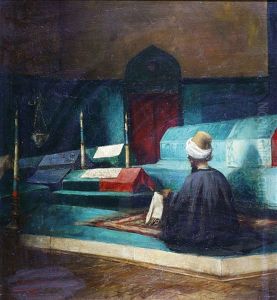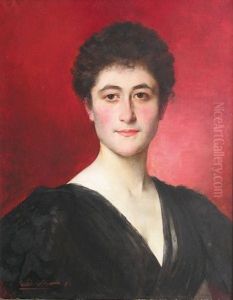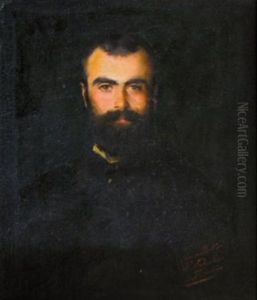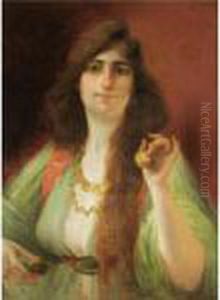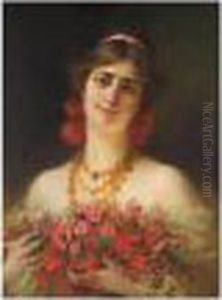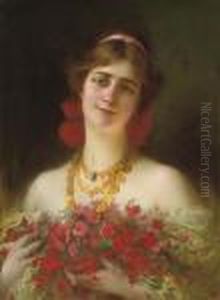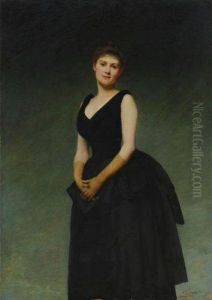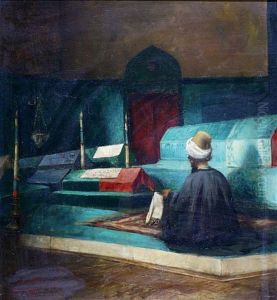Serkis Diranian Paintings
Serkis Diranian was an Ottoman-Armenian painter, born in 1854 in Constantinople, the capital of the Ottoman Empire, which is present-day Istanbul, Turkey. He was known for his detailed and evocative portraits, as well as his depictions of historical and genre scenes.
Diranian showed an early interest in art and was recognized for his talent. He received his preliminary education in the local Armenian schools of Constantinople before moving on to further his studies in art. In pursuit of artistic training, he attended the Academy of Fine Arts in Venice, Italy, which was one of the most prestigious art schools in Europe at the time. The education he received there was instrumental in honing his skills and classical painting techniques.
After completing his studies, Diranian returned to Constantinople, where he quickly established himself as a prominent figure in the local art scene. His works were appreciated by the elite of Ottoman society, and he was commissioned to paint portraits of many notable individuals. Diranian's portraits were particularly celebrated for their realism and the way they captured the personality and essence of his subjects.
Apart from portraiture, Serkis Diranian was also interested in historical painting. He often depicted scenes from Armenian history and culture, which helped to foster a sense of national identity among the Armenian community during a period of significant cultural and political change. His historical paintings are noted for their attention to detail and historical accuracy.
Diranian's career spanned several decades, during which he witnessed significant events, including the decline of the Ottoman Empire and World War I. The political upheavals of the time, particularly the Armenian Genocide of 1915, had a profound impact on the Armenian community and likely affected Diranian personally and professionally.
Serkis Diranian's legacy as an artist is marked by his ability to blend Eastern and Western artistic traditions, creating works that were both culturally significant and aesthetically appealing. His contributions to the art world continued to be recognized posthumously, and his paintings can be found in various collections and museums. Diranian passed away in 1918, leaving behind a body of work that continues to be studied and admired for its beauty and historical importance.





